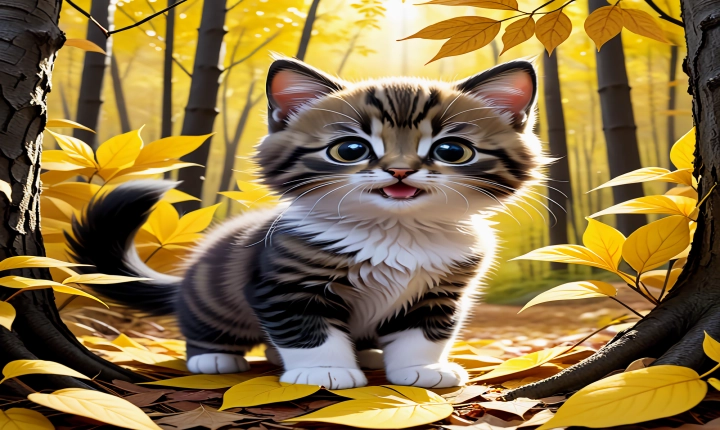NFTs and AI: Exploring the Intersection of Art and Technology
The world of digital art is experiencing a revolution, thanks to two powerful forces: Non-fungible tokens (NFTs) and artificial intelligence (AI). NFTs have enabled artists to authenticate and sell their digital creations as unique tokens on the blockchain, revolutionizing the art market. On the other hand, AI has proven to be a potent tool for creating captivating digital artwork. But what happens when these two converging technologies intersect? Are NFTs made by AI the next frontier in the world of digital art?
The concept of AI-generated art is not entirely new. Generative adversarial networks (GANs) and other AI algorithms have been used to create stunning, and at times controversial, digital artworks. These AI-generated pieces often blur the lines between human and machine creativity, raising questions about the nature of authorship and originality in the art world. However, the emergence of NFTs has added a new layer of complexity to this intersection.
One of the key advantages of NFTs is their ability to provide a unique and secure digital certificate of ownership for a piece of art. When combined with AI-generated art, NFTs offer an intriguing proposition – the creation and ownership of truly unique digital artworks that have been generated by machine intelligence. This raises fascinating questions about the value, authenticity, and provenance of AI-generated NFT art.
Proponents of AI-generated NFT art argue that it opens up new possibilities for creativity and expression. AI algorithms can produce artwork that is entirely novel and unexpected, pushing the boundaries of what is traditionally considered “art.” These creations can be dynamic and responsive, changing and evolving based on input or environmental factors.
However, skeptics raise concerns about the authenticity and originality of AI-generated art. They argue that true artistic expression is rooted in human experience, emotion, and creativity – elements that AI, no matter how advanced, may struggle to replicate. The question of whether AI-generated art can possess the same cultural and aesthetic significance as human-created art remains a contested issue.
Furthermore, there are ethical considerations surrounding the use of AI in art creation. Issues such as algorithmic bias, data privacy, and the impact of automation on human creativity need to be carefully considered as AI-generated NFT art becomes more prevalent.
Despite these concerns, the intersection of NFTs and AI has the potential to redefine the art market and create new opportunities for artists. The unique features of NFTs, such as provenance tracking and royalty mechanisms, can provide a transparent and secure platform for AI-generated art to thrive.
As with any emerging technology, the convergence of NFTs and AI in the art world will require thoughtful regulation and ethical guidelines to ensure the fair and sustainable development of this nascent market. Additionally, education and dialogue between artists, technologists, and collectors will be crucial in navigating the complexities and implications of AI-generated NFT art.
In conclusion, the intersection of NFTs and AI is a frontier that holds significant promise and challenge for the world of digital art. The synergy between these two technologies has the potential to redefine artistic creation, ownership, and value in the digital age. As we continue to explore this uncharted territory, it is essential to approach it with an open mind, critical thinking, and a commitment to preserving the integrity and diversity of artistic expression.
